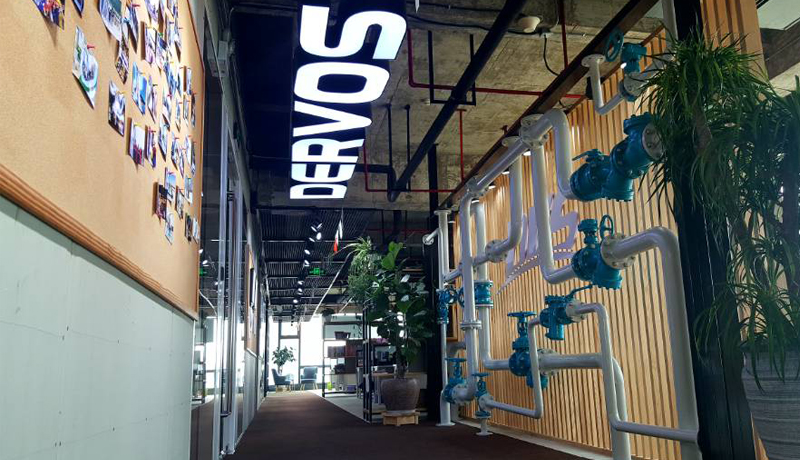Payment:
30% T/T When Order, 70% T/T Before ShipmentProduct Origin:
ChinaColor:
CustomizationShipping Port:
Shanghai ChinaLead Time:
35~60 days Ex Works After Order ConfirmationMaterial:
Cast Steel Strainer
Quick Detail
|
Type |
Strainer |
|
Size |
1.5'' |
|
DesignPressure |
150LB |
|
Construction |
Bolted Bonnet, Basket Type |
|
ConnectionType |
Flanged |
|
Design Code |
ASME B16.34 |
|
Face to Face |
ASME B16.10 |
|
End Connection |
ASME B16.5 |
|
Pressure & Temp |
ASME B16.34 |
|
Test & Inspection |
API 598 |
|
ASTM A352 LCC |
|
|
ScreenMaterial |
SS304 |
|
TemperatureRange |
-46℃~+345℃ |
|
Application |
Water, Oil, Gas |
Company Profile
Founded in Xiamen in 2008, DERVOS VALVES INDUSTRY CO., LTD has accumulated rich experience in supplying and exporting industrial valves, from general types of gate valve, globe valve, check valve, ball valve, butterfly valve, plug valve, strainer to special valves like needle valve, control valve, relief valve, safety valve and steam trap.
Dervos people are committed to provide our customers with best possible service and valve products at a competitive price. With over 500 valve suppliers, the rich resources we own enable us to find the most suitable products in a very short time for our customers.


If you are interested in our products and want to know more details,please leave a message here,we will reply you as soon as we can.